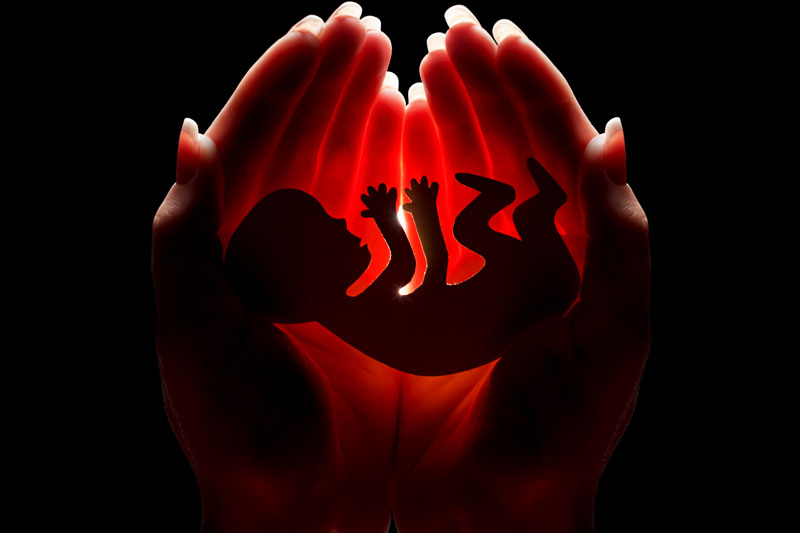It is the process of transferring and depositing the embryos into the uterine cavity. It occurs 2–3 days after egg collection, whereas in the case of embryo culture until the blastocyst stage, it occurs 5-6 days after egg collection.
On the day of the embryo transfer, the couple should come to the unit and the woman should have had enough water to make the bladder visible with an intra-abdominal ultrasound. The embryologist, after selecting the embryos to be transferred in collaboration with the doctor, sends them to a special catheter. The gynecologist, with the help of abdominal ultrasound guidance, inserts the catheter into the cavity of the uterus, leaving the fetuses with extremely gentle movements.
Embryo transfer is a painless procedure, which usually takes 15 minutes and does not require anesthesia.
The woman remains in the unit for about 1 hour. If he stays in the province there is no problem traveling. In the next 3-4 days after embryo transfer, it is advisable to restrict her activity at home, but without having to constantly lie down. Twelve (12) days after the embryo transfer, a woman’s blood hormone, beta-chorionic gonadotropin, is measured to determine whether or not pregnancy has been achieved.
Number of embryos transferred
The number of embryos we choose for embryo transfer is very important because it determines the likelihood of multiple pregnancy. According to the legal framework in force in our country, in women up to 39 years old up to two (2) embryos can be transferred, in women up to 40 years up to 3 embryos, and in women up to 40 years up to 4 embryos. If the embryos come from donor eggs, embryo of up to 2 embryos is permitted, regardless of the age of the recipient.






